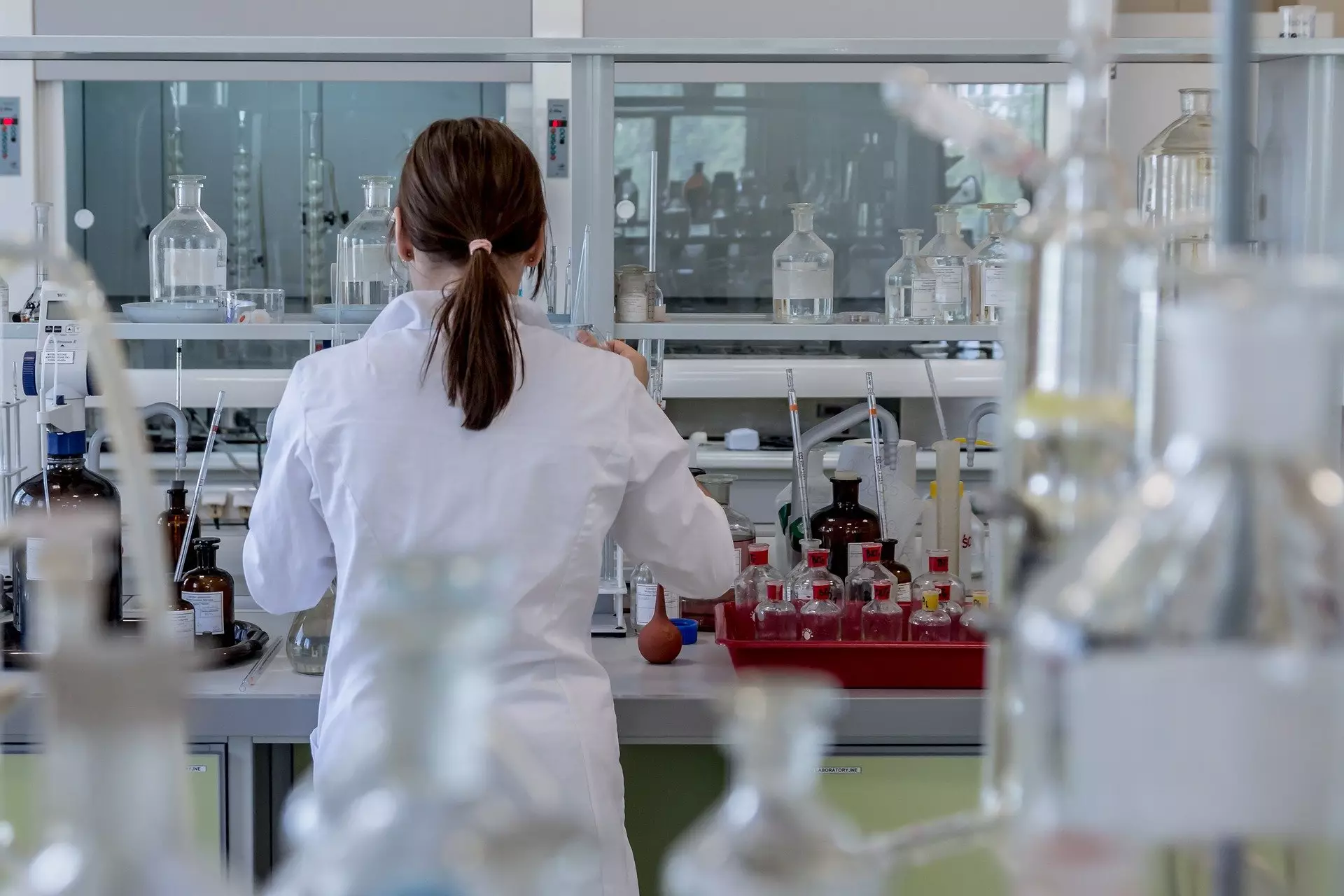

Artificial intelligence (AI) has emerged as a game-changer in the field of chemical research. It offers innovative solutions to complex challenges that traditional methods struggle with. One specific subset of AI, machine learning, has gained significant traction in chemistry. Machine learning utilizes algorithms and statistical models to make decisions and perform tasks based on data without explicit programming. However, a critical limitation of machine learning is the need for substantial amounts of data for reliable predictions, which is often lacking in chemical research.
A team of scientists led by Berend Smit at EPFL has found a solution to the data scarcity issue by leveraging large language models like GPT-3. GPT-3 is a powerful language model that has been pre-trained on massive amounts of text and is capable of understanding and generating human-like text. The researchers discovered that by fine-tuning GPT-3 with a curated dataset of chemical questions and answers, they could create a new model with accurate chemical insights. This approach simplifies chemical analysis by harnessing the capabilities of artificial intelligence.
The process involves training GPT-3 with a carefully curated list of question-and-answer pairs relevant to specific chemical problems. For instance, in the case of high-entropy alloys, it is crucial to determine whether they occur in a single phase or multiple phases. By training GPT-3 with Q&A pairs like “Is the [name of the high entropy alloy] single phase?” and providing the correct answers, the researchers fine-tuned the model to respond accurately to such queries. The strength of this method lies in its ability to utilize known information to train GPT-3 with minimal data, resulting in a refined AI model that provides precise chemical insights.
In various tests, the GPT-3 model trained with a relatively small number of Q&A pairs demonstrated impressive accuracy. It correctly answered over 95% of diverse chemical problems, often outperforming state-of-the-art machine learning models. What sets this approach apart is its simplicity and speed. Traditional machine learning models typically require months of development and extensive domain knowledge. In contrast, the method developed by Kevin Jablonka and his team only takes five minutes and does not require any prior knowledge. This breakthrough has profound implications for chemical research.
The implications of this study are far-reaching. By employing AI models like GPT-3, researchers now have a straightforward and efficient method for tackling various chemical problems. Similar to conducting a literature search, scientists can now formulate questions like “Is the yield of a [chemical] made with this (recipe) high?” and receive accurate answers. This revolutionary approach has the potential to transform how chemical research is planned and executed, streamlining processes and saving valuable time.
Artificial intelligence, particularly machine learning, has become increasingly indispensable in chemical research. The utilization of large language models, such as GPT-3, has overcome the challenge of limited datasets by providing accurate chemical insights. The simplicity and speed of this approach make it a game-changer, enabling researchers to address diverse chemical problems with ease. The impact of AI in chemical research is poised to revolutionize the field and open up new avenues for scientific discovery and innovation.
When we delve into the cataclysmic events that led to the destruction of Pompeii almost…
The field of electronics has long been dominated by semiconductors, which utilize the movement of…
When you observe the mesmerizing swirl created by pouring cream into a cup of coffee,…
Recent groundbreaking research from Nagoya University has unearthed significant data regarding the Small Magellanic Cloud…
In recent years, the utilization of computed tomography (CT) scans in the United States has…
Recent studies have shed light on an intriguing aspect of our celestial companion, the Moon:…
This website uses cookies.